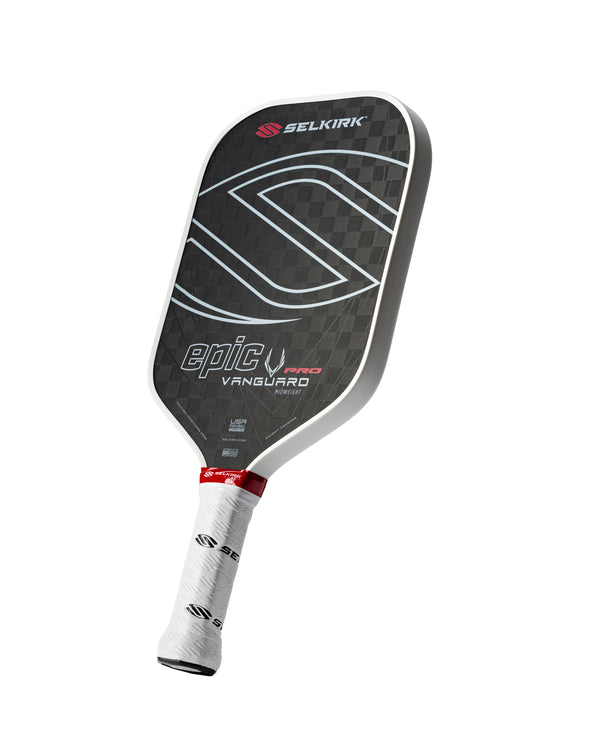
When your opponent hits a great dink, you are either pushed off the line or forced into an uncomfortable, off-balance position. It is at this point that players often get frantic, hitting the ball hard back across the net.
The issue with this is that when you are off balance or pushed back from the kitchen line, you are not in a good position to be aggressive. Rather than initiative an aggressive rally — which you will likely lose — you need to buy yourself more time.
To do this, you need to hit a reset ball.
In a new Selkirk TV series, pickleball professional Catherine Parenteau shares strategies for defensive play at the kitchen line and tips for how to execute resets and defensive lobs.
What is a reset?
A reset is a defensive shot that requires a player to softly receive their opponent’s volley or drive and gently nudge the ball back over the net into the kitchen, much like a third shot drop.
This gentle reset can help slow down your opponents and put you back on a neutral playing field.
When you are scrambling, aim your reset straight ahead of you and shallow to the net. Also, aim to have the ball arc a little higher over the net than normal. This extra time will allow you to get reset into a neutral position.
As you get into higher-level play, a dink that is hit too close to the kitchen line near the sideline of the court can make you vulnerable to an Erne. An Erne shot is a volley in which a player hits the ball out of the air while jumping over the kitchen.
What is a lob?
One way to avoid an Erne is to use a defensive lob rather than a defensive reset. Rather than resetting the ball into the kitchen zone, you will lob the ball over your opponent’s head and into the backcourt.
To achieve a lob, hit the ball from low to high, as you would a dink, but follow through the ball more to give it additional lift.
When performed correctly, a defensive lob can give you a lot of time to get reestablished at the kitchen line. You must, however, ensure that your lob is not low enough for your opponent to slam it down.
It is best to aim the ball straight ahead of you andl over your opponent’s non-dominant arm so they have less of a chance to reach the ball.
How to practice resets and lobs
There are a variety of ways to practice resets, but it’s important to set aside specific drilling time so you can learn the fundamentals in a controlled environment before applying them in a game.
Drill 1: Cross-court dink reset
- Stand at the kitchen line on opposite sides of the court from your drilling partner.
- Dink cross-court with your partner, aiming to push each other wide on the court.
- When you get off-balance (with your hips turned away from the net), attempt a reset. The reset should be a high-arcing dink placed straight in front of you, shallow to the net.
- Reset your body as if you are continuing the point.
Drill 2: Defensive lob
- Stand at the kitchen line on opposite sides of the court from your drilling partner.
- Dink cross-court with your parting, pushing each other wide.
- When you get off-balance, lob the ball straight ahead of you and high in the air. Aim toward the baseline of the court.
- Reset your body as if you are continuing the point.
Download the Selkirk TV app HERE to watch the complete episode and many other Selkirk TV original shows, podcasts, lesson series from the pros, and much more.





















